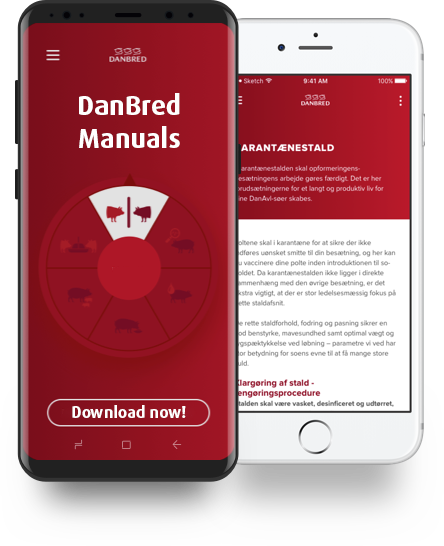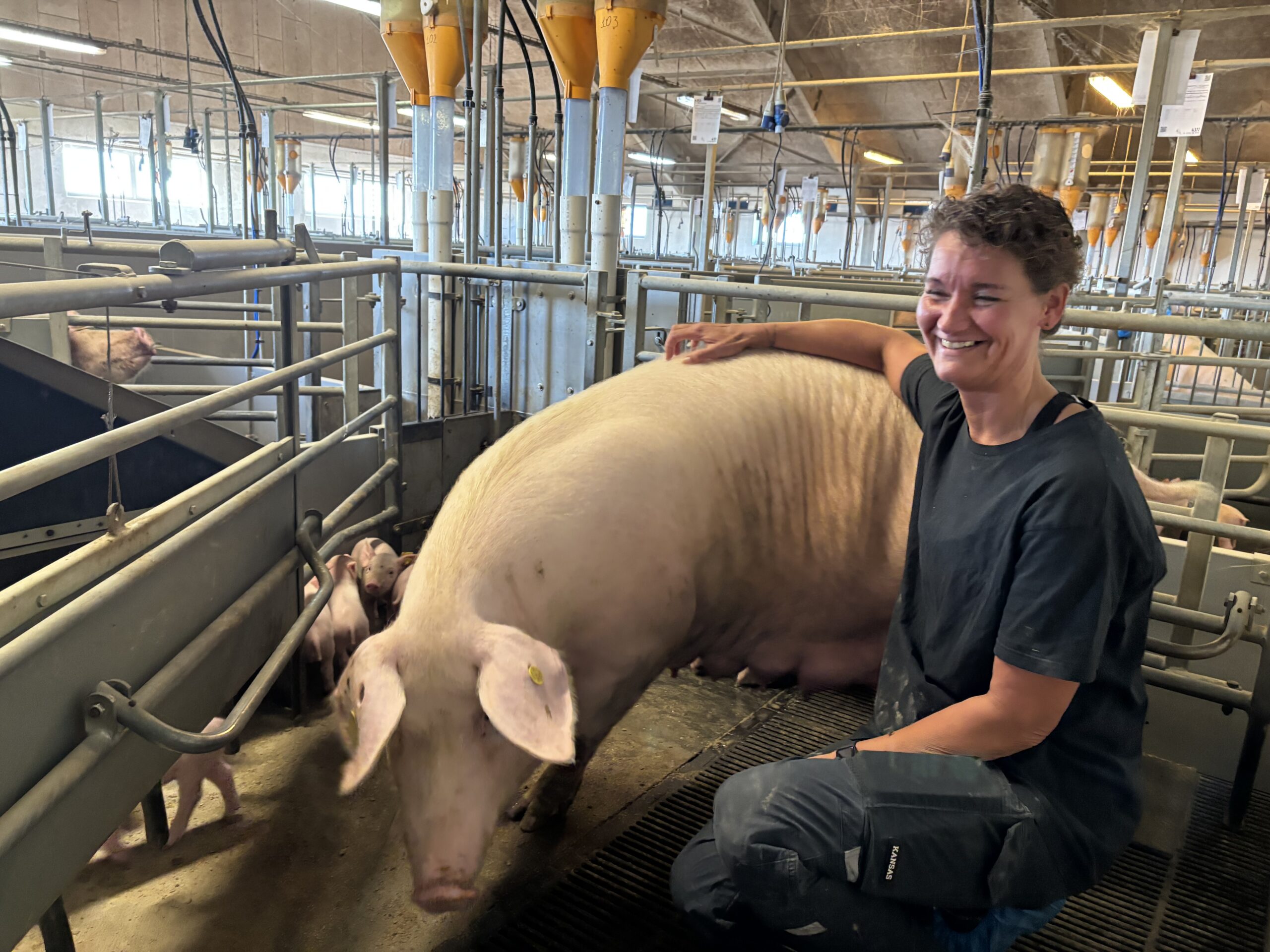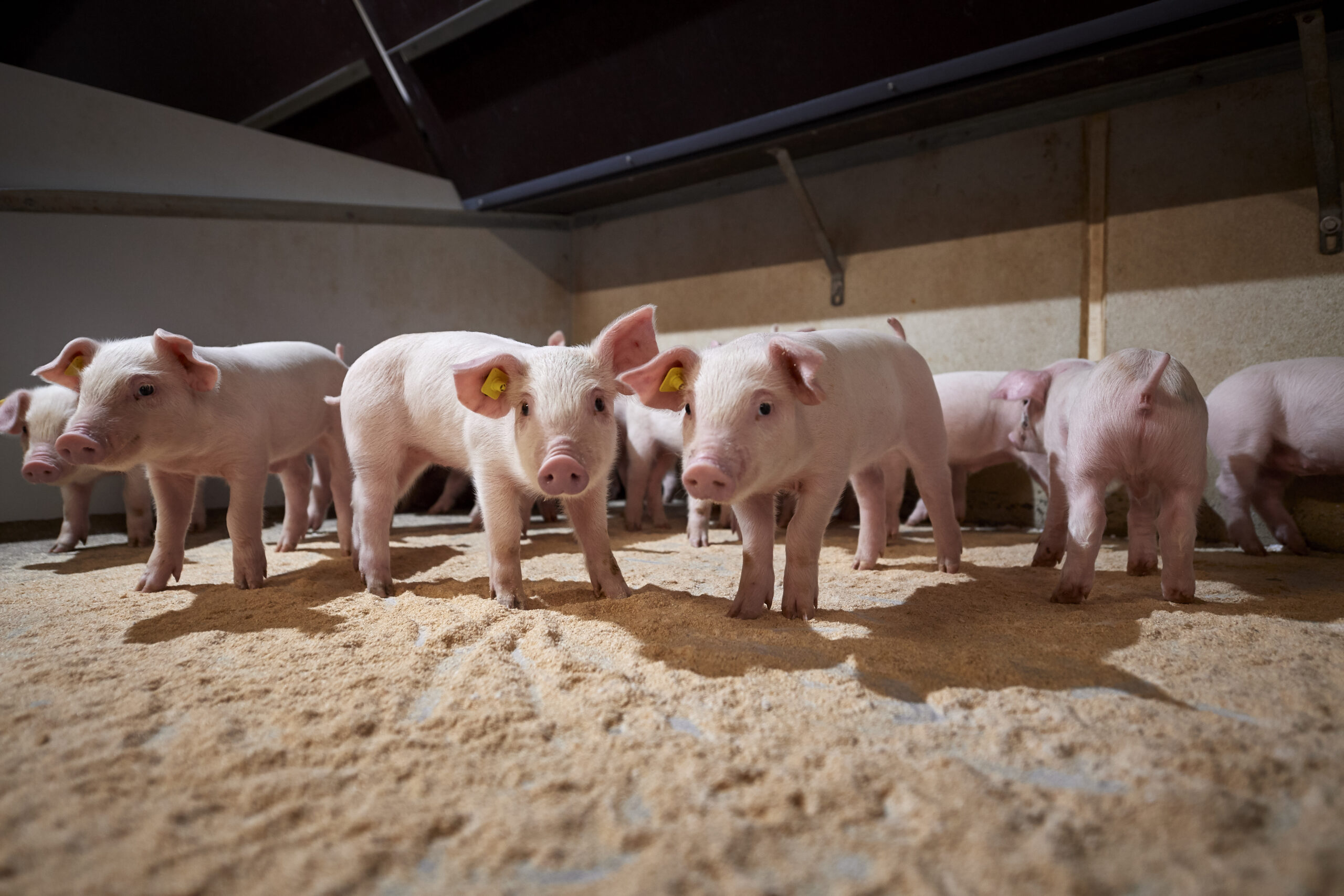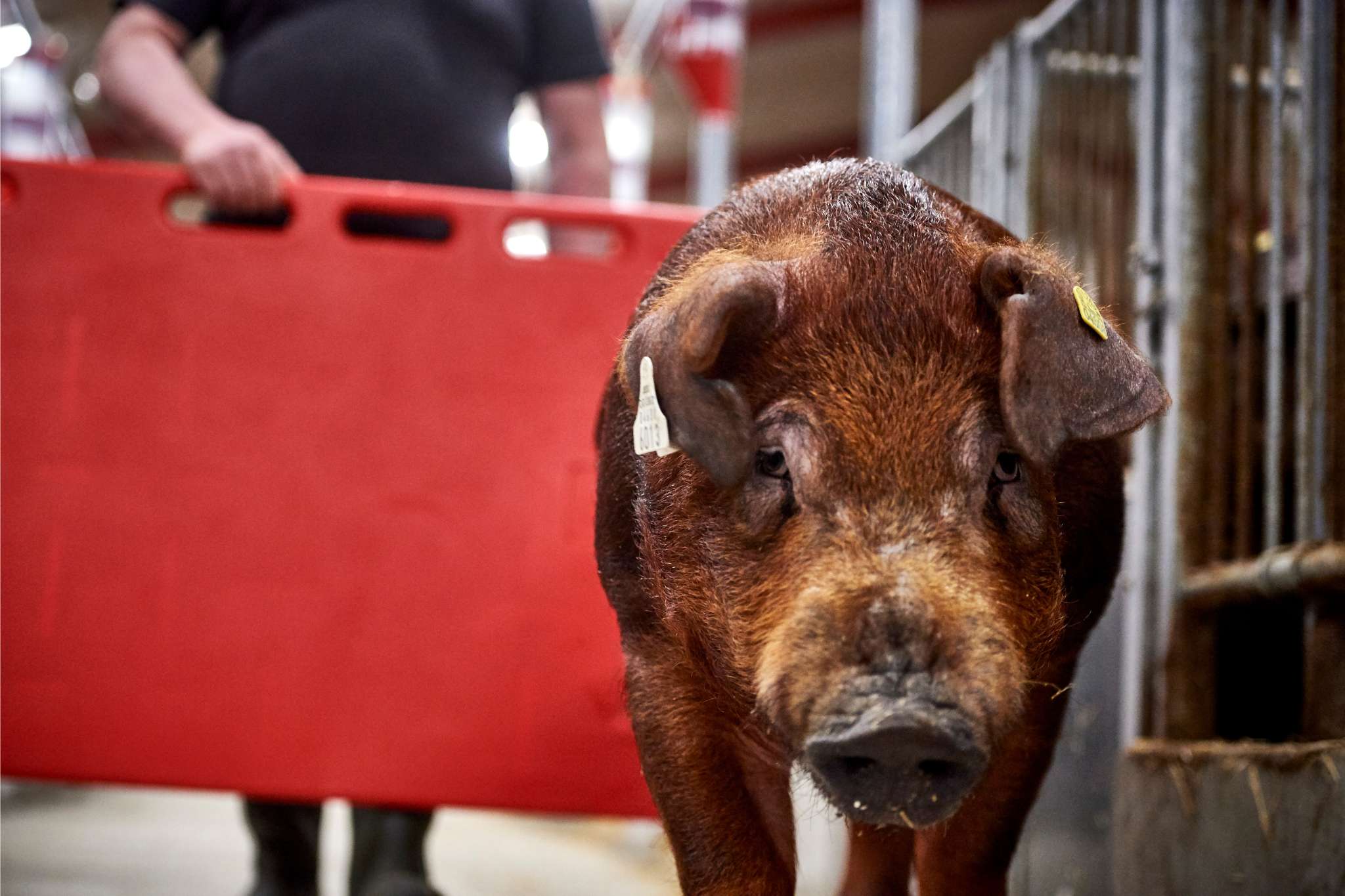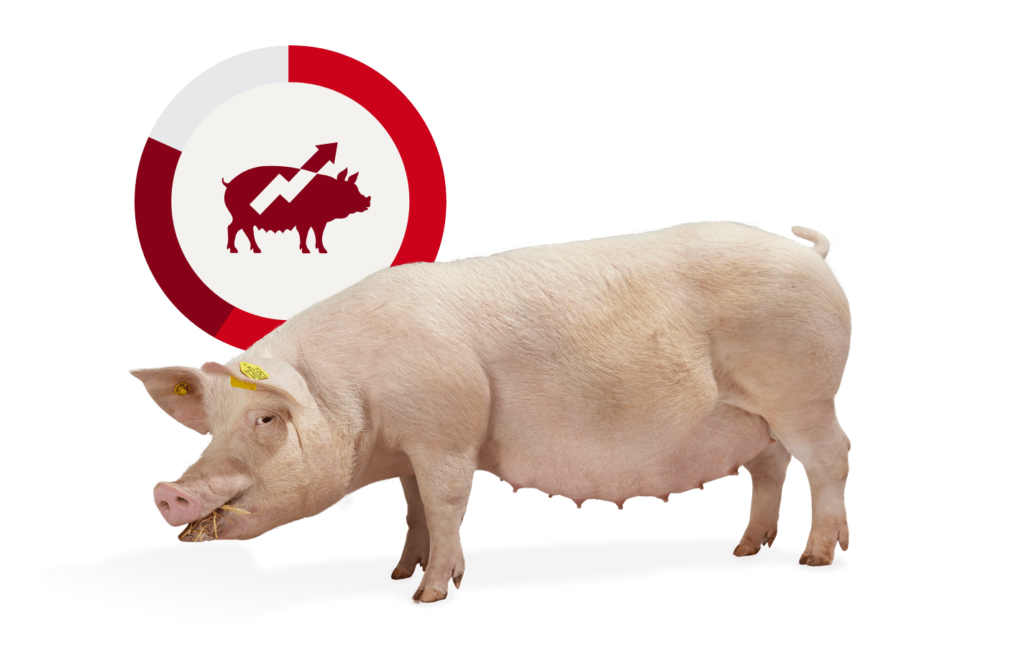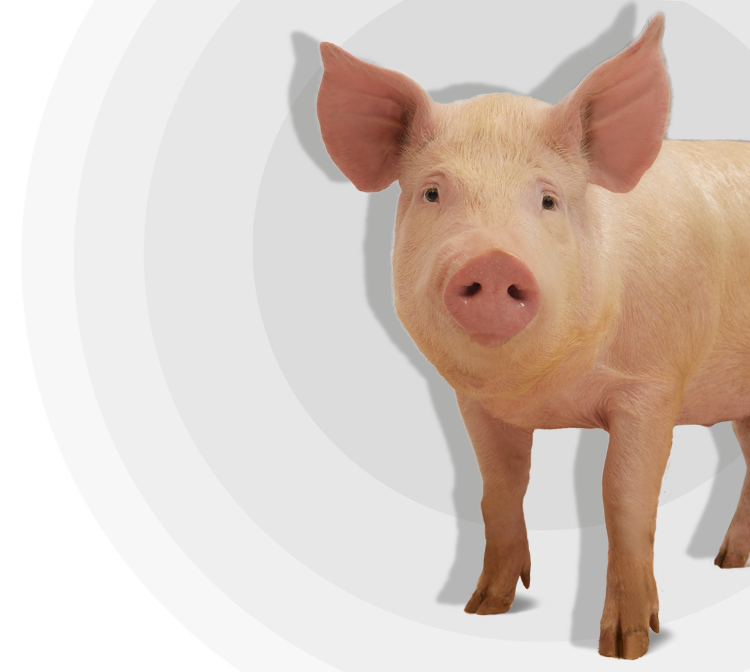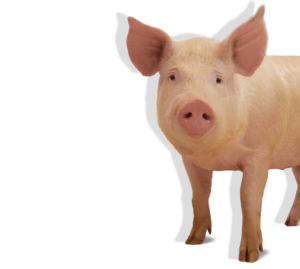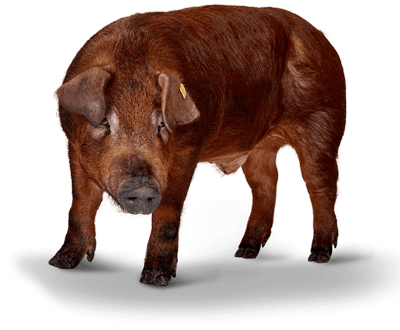To improve sow survival, we have to focus on the gilts – and the right management efforts are needed around farrowing and mixing of the sows in the gestation unit. SEGES Innovation uses data from many Danish sow herds to gain more knowledge on risk periods for sow mortality and how management routines can increase sow survival.
Written by Tina Birk Jensen and Lisbeth Ulrich Hansen, SEGES Innovation.
Improving sow survival is an important focus area for the Danish pig industry. Nationwide, efforts are made to increase the survival rate. Higher sow survival is good for sow welfare, and there is also an economic gain associated with higher survival. SEGES Innovation has calculated a gain of €5.6 per sow per year for every one percentage point increase in sow survival in a herd. Improving sow survival with five percentage points in a herd with 1,000 sows could hereby contribute with €28,000 more annually.
To gain better insight into causes and risk periods of sow mortality, SEGES Innovation analyses data from Danish sow herds that participate in SEGES InSight. SEGES InSight is a Danish digital tool that provides a monthly status report on herd productivity, including a status on sow survival in herds that participate. Approximately 300 Danish production and breeding herds have currently joined SEGES InSight.
According to the data, approximately half of the sows that die in the herds are euthanized, while the other half die suddenly. This distribution is similar whether it is a herd with high sow survival or lower sow survival. According to farmers’ recordings, the main reason for euthanasia is leg and claw problems, whereas the main reason for sudden death is “unknown”.
Focus on the gilts
To increase sow survival, your focus should be on the young gilts that will become your future production sows. It is essential to select robust gilts, with optimal leg strength and claw condition, to reduce the risk of euthanasia later in life.
When analysing sow death losses, SEGES Innovation’s data indicates that herds with high survival rates are more likely to ensure that young sows return to mating after first or second litter, than herds with lower survival rates (less than 85 %). These patterns imply that herds with a high sow survival rate have a better setup for management and high robustness of their young sows, hence, improving their overall survival rate.
Risk periods for sow mortality
The risk of sows being either euthanised or dying suddenly changes during the production cycle (Figures 1 and 2). Results of the analyses showed that the risk periods for sow mortality are the same for all parities. The risk is highest at the time around farrowing, which can be caused by prolonged or complicated farrowing. Therefore, adequate assistance for the sows in the farrowing unit is of high importance.
When looking at sudden deaths, late gestation has been identified as a risk period. Late gestation is a critical time for high-producing sows, where both litter growth and udder development are at its highest, making the sows more vulnerable. Analyses found that mortality due to sudden death increases from day 85 of gestation (Figure 1).
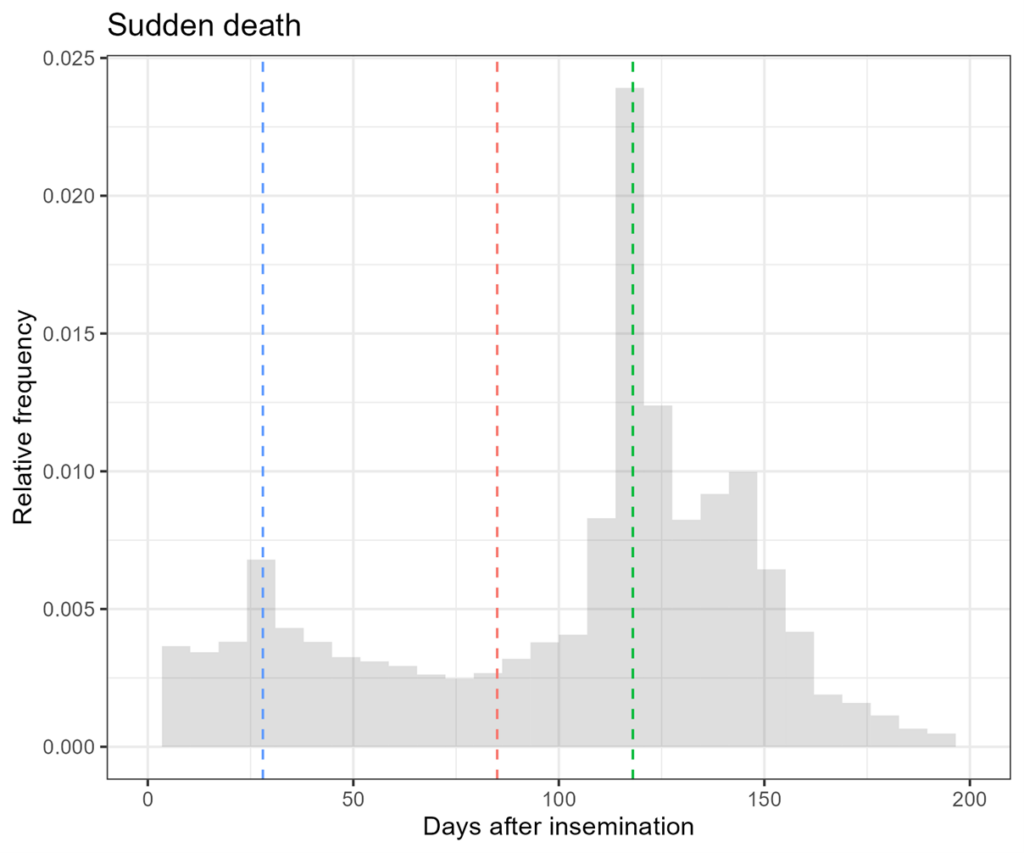
Figure 1: The distribution of sows that die suddenly during the production cycle.
Blue line: day 28, red line: day 85, green line: day 118 (farrowing).
The results also showed an increase in the risk of sows being euthanised or dying suddenly around day 28 after insemination (Figures 1 and 2). This may be caused by stress or fighting when sows are transferred from the insemination unit to the loose-housing system in the gestation unit.
If the sows are mixed, they will naturally re-establish the group hierarchy, which can lead to fighting. This behaviour can be reduced by providing extra feed during the first days after mixing and ensuring enough attractive lying areas – here, half walls in the gestation pens have shown a positive effect. It is highly recommended to keep sows in stable groups. Introducing the gilts to the gestation unit 1-3 days before the sows arrive can ensure a smoother transition.

Figure 2: The distribution of sows that are euthanised during the production cycle.
Blue line: day 28, red line: day 85, green line: day 118 (farrowing).
Daily inspection of sows is the key to improve sow survival
Daily inspection of all sows is essential and should be prioritised and carried out as a separate task in the herd. All sows should be inspected individually. To identify leg and claw problems, sows should be evaluated while moving or standing. This could be done during feeding time or while doing a daily pen cleaning.
If a sow is identified with clinical signs of injury (claw or leg problems) or disease, early treatment is important for the sow’s recovery, and it must be decided whether to treat the sow in the pen or move it to a hospital pen. Early treatment is particularly important for sows with claw problems as the treatment will have no effect if started too late. The herd must have sufficient and well-established hospital pens with soft and dry bedding. If a sow is placed in a hospital pen, the sow should be closely monitored to evaluate the prognosis and progress of recovery.
We recommend that the herd vet takes part in the ongoing training of the staff and in the evaluation and treatment of sick or injured sows.


